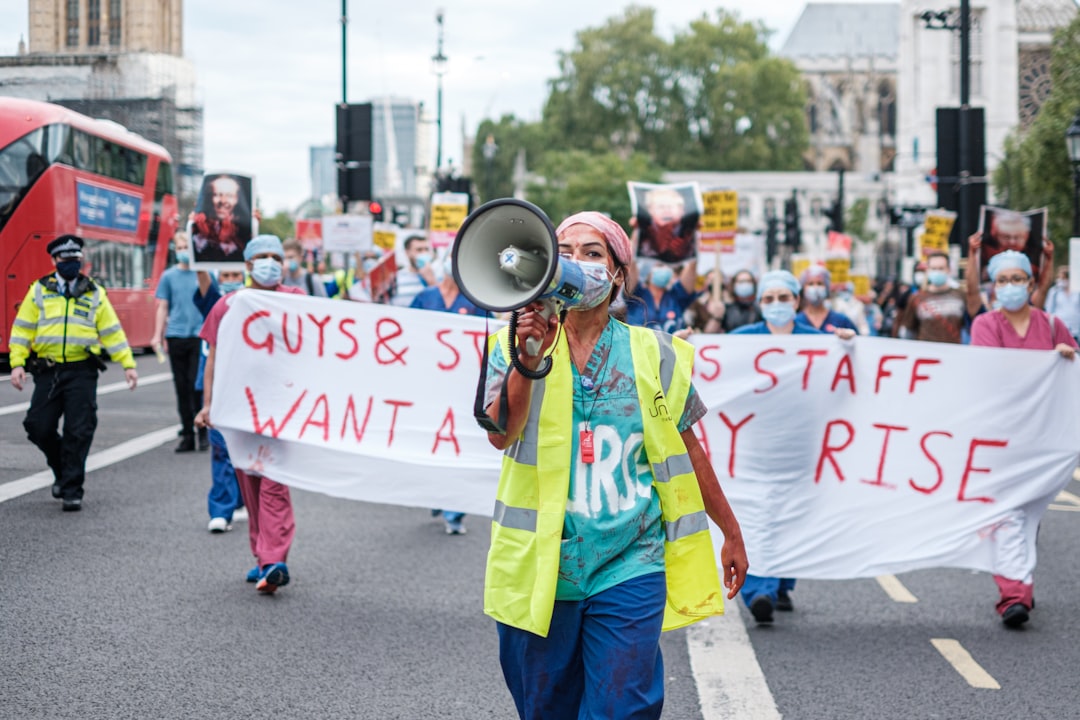What Kind Of Leadership?
Are they leading, asking questions, thinking ahead… or just telling others to follow orders?

Quote of the Moment
It is a rare elite that is willing to think in the long term.
| M. T. Anderson, In Medieval Europe, a Pandemic Changed Work Forever. Can It Happen Again?, which I discussed in Lessons From The Black Death.
Keep reading with a 7-day free trial
Subscribe to workfutures.io to keep reading this post and get 7 days of free access to the full post archives.
